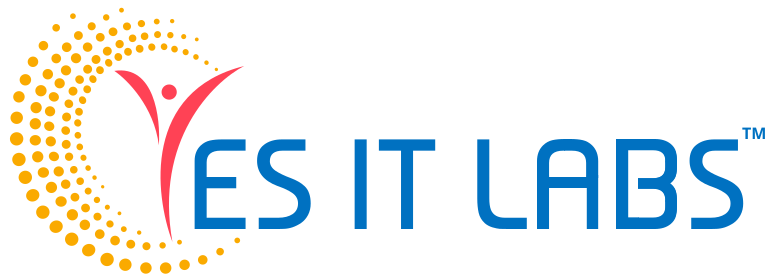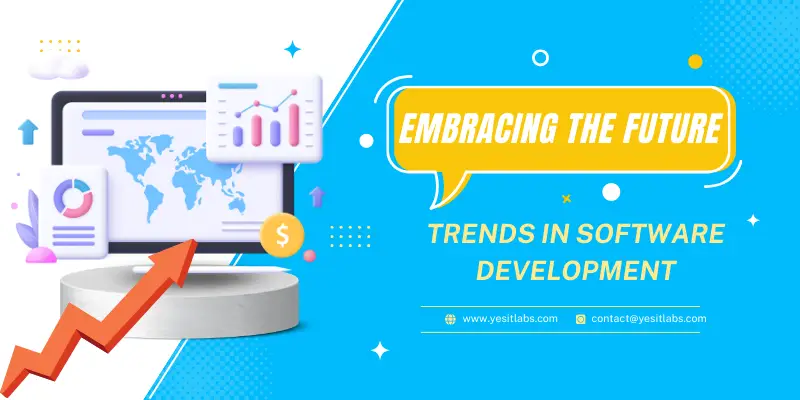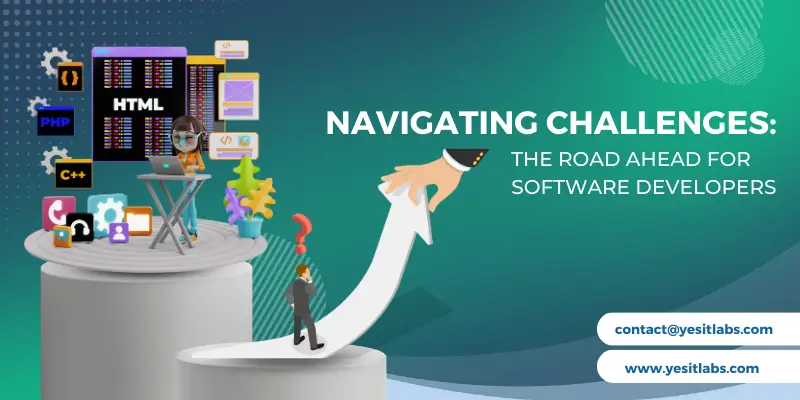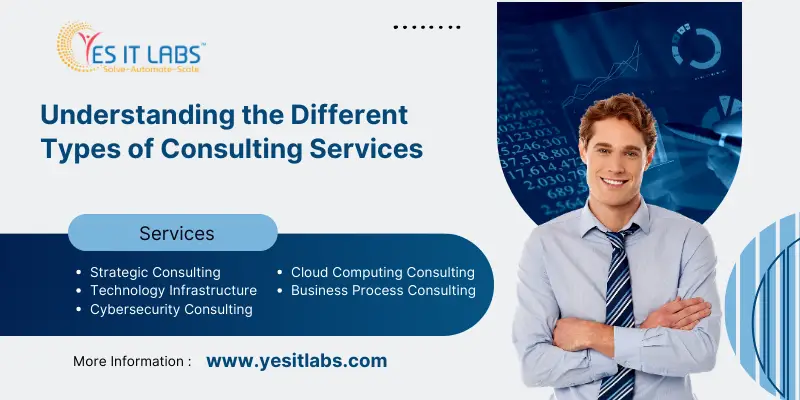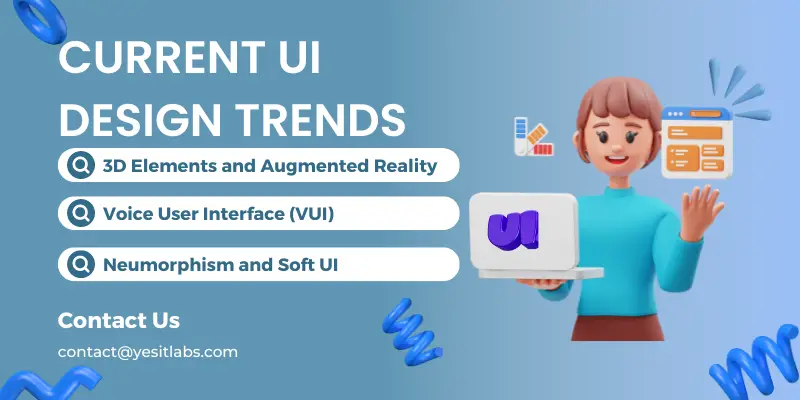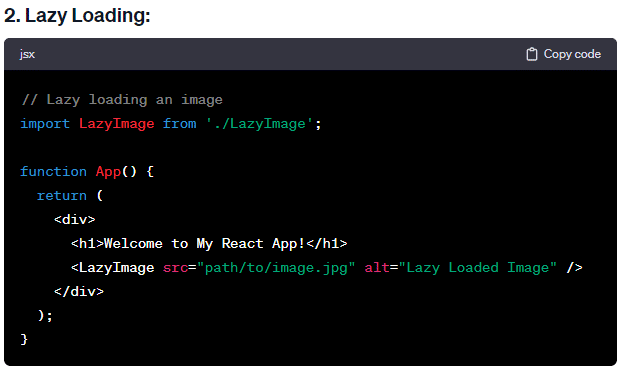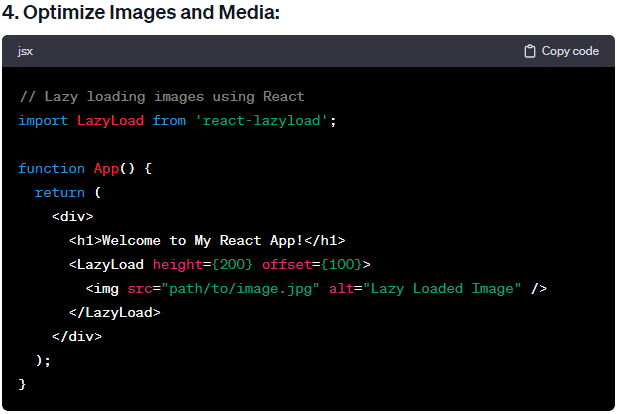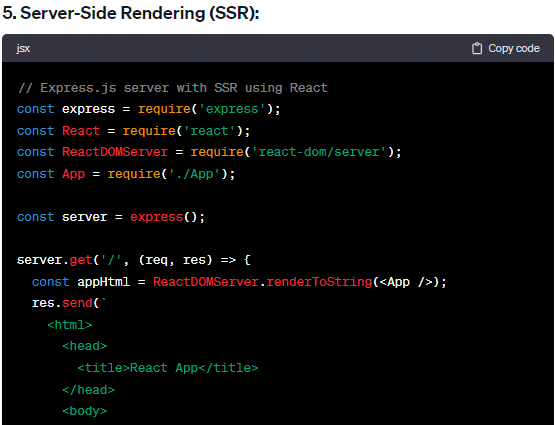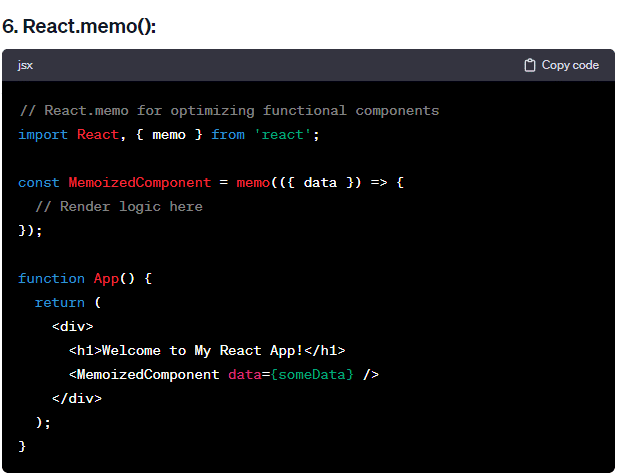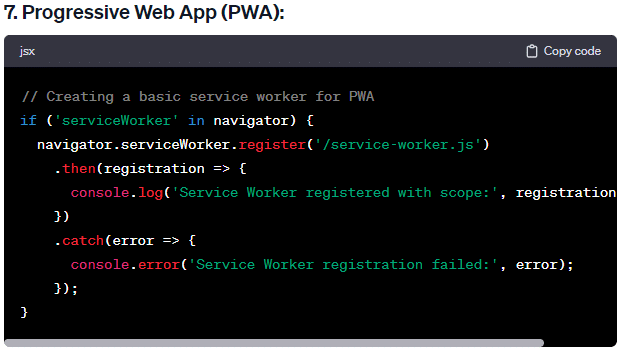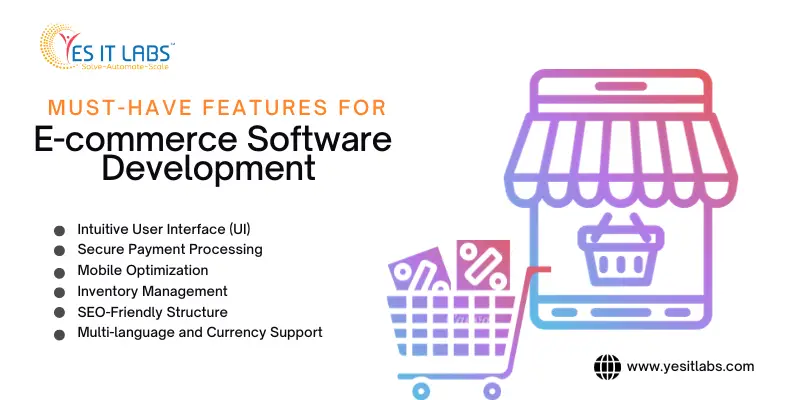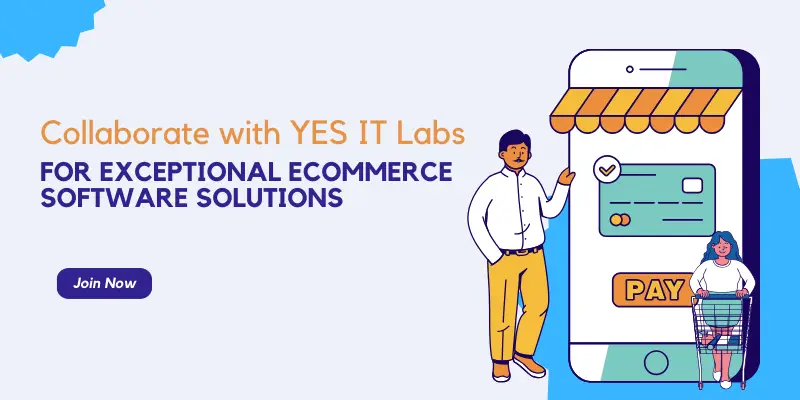In the fast-paced world of technology, the landscape of software development is ever-evolving, shaping the future and transforming the way we interact with the digital realm. As we delve into the trends and challenges that lie ahead, it’s crucial to understand the dynamic role of software development in driving innovation. From artificial intelligence to blockchain, let’s explore the current state of affairs and what lies beyond the horizon for software development.
Unveiling the Essence: What is Software Development?
Before we embark on decoding the future, let’s first answer the fundamental question: What do we mean by software development? In simple terms, it is the process of designing, coding, testing, and maintaining software systems. This intricate dance of creativity and logic is orchestrated by software developers, who are the architects of our digital world.
What does a software developer do?
Software developers are the masterminds behind the applications we use daily. They conceptualize ideas, write code, and bring these ideas to life. From mobile apps to complex enterprise solutions, software developers play a pivotal role in crafting the digital experiences we take for granted. They are problem solvers, troubleshooters, and perpetual learners in a field that’s always in motion.
Now, armed with this understanding, let’s dive into the trends and challenges that await the software development landscape.
Embracing the Future: Trends in Software Development
- Artificial Intelligence (AI) and Machine Learning (ML): The integration of AI and ML is no longer a futuristic concept; it’s a present reality. From chatbots providing customer support to recommendation systems tailoring content, AI and ML are revolutionizing software development. Developers are focusing on creating intelligent systems that can learn and adapt, bringing a new dimension to user interactions.
- Blockchain Technology: Beyond its association with cryptocurrencies, blockchain is finding its way into various industries. Its decentralized and secure nature makes it a compelling solution for areas such as finance, healthcare, and supply chain management. Software developers are exploring ways to harness the power of blockchain to create transparent, tamper-proof systems.
- Internet of Things (IoT): As our world becomes increasingly interconnected, the demand for IoT solutions is on the rise. Software developers are tasked with creating applications that seamlessly integrate with smart devices, enhancing efficiency and convenience. From smart homes to industrial automation, the IoT ecosystem is expanding, presenting new opportunities for developers.
- Low-Code and No-Code Development: The democratization of software development is underway with the rise of low-code and no-code platforms. These tools allow individuals with varying levels of technical expertise to create applications without delving deep into coding. It’s a trend that’s opening doors for innovation and collaboration across different domains.
- DevOps and Continuous Integration/Continuous Deployment (CI/CD): The need for rapid, reliable software delivery has led to the widespread adoption of DevOps practices and CI/CD pipelines. Developers are focusing on streamlining the development lifecycle, ensuring faster and more frequent releases without compromising on quality. Automation is key in this paradigm shift, enabling teams to deliver robust software with agility.
Navigating Challenges: The Road Ahead for Software Developers
- Security Concerns: With the increasing sophistication of cyber threats, security remains a paramount concern for software developers. Protecting sensitive data, securing applications, and ensuring compliance with regulations are challenges that demand constant vigilance and innovative solutions.
- Legacy Systems Integration: Many organizations still rely on legacy systems, posing a challenge for developers aiming to integrate modern technologies seamlessly. Bridging the gap between legacy and modern systems requires strategic planning and careful execution.
- Talent Shortage: The demand for skilled software developers continues to outpace the available talent pool. Recruiting and retaining top-tier talent is a challenge for companies, emphasizing the need for ongoing skill development and fostering a supportive work environment.
- Scalability: As applications grow in complexity and user base, scalability becomes a critical consideration. Developers must design systems that can handle increased loads while maintaining optimal performance, without compromising on user experience.
The American Landscape: Software Development Companies in the USA
In the dynamic world of software development, the USA stands as a hub of innovation, home to a plethora of cutting-edge companies driving technological advancements. From Silicon Valley giants to emerging startups, the USA’s software development landscape is characterized by diversity, creativity, and a relentless pursuit of excellence.
As companies vie for the top spot in the competitive software development arena, the emphasis on staying ahead of trends and addressing challenges becomes even more crucial. The ability to adapt, innovate, and collaborate defines the success of software development companies in the USA.
Wrapping Up: Decoding the Future
In conclusion, the future of software development is marked by a convergence of emerging technologies and the persistent pursuit of excellence. From the integration of AI and blockchain to the challenges of security and talent shortage, the landscape is both exciting and challenging.
As we decode the future, it’s evident that the role of software development is more critical than ever. Whether you’re a seasoned developer or a company aiming to stay ahead in the game, embracing trends, overcoming challenges, and fostering a culture of continuous learning are key to thriving in the ever-evolving world of software development. YES IT Labs, a leading software development company in USA, understands the significance of staying at the forefront of innovation and resilience. So, buckle up and get ready to navigate the digital future with YES IT Labs as your trusted partner, guiding you with innovation and resilience as your guiding lights.
